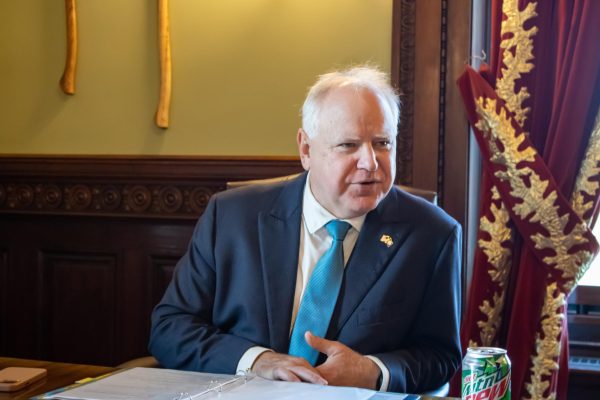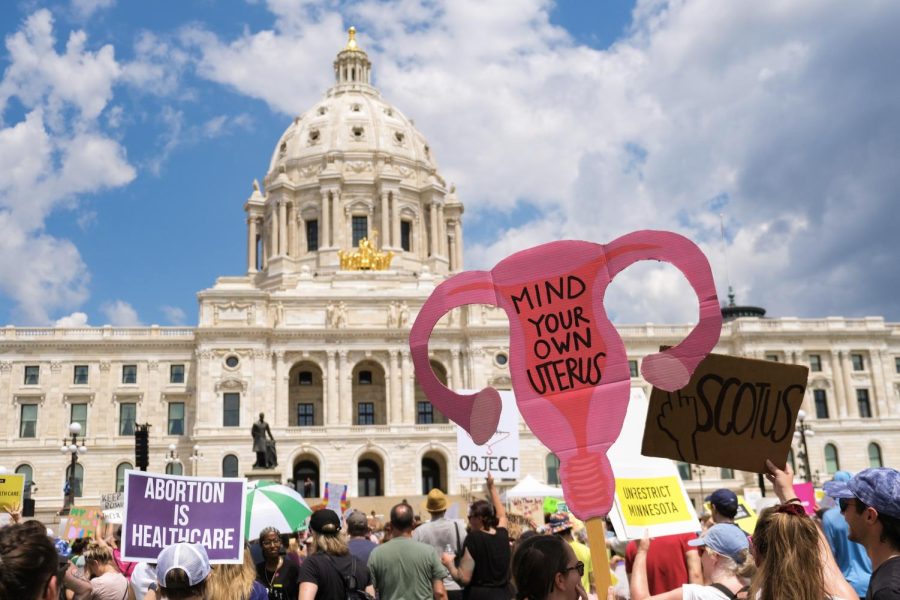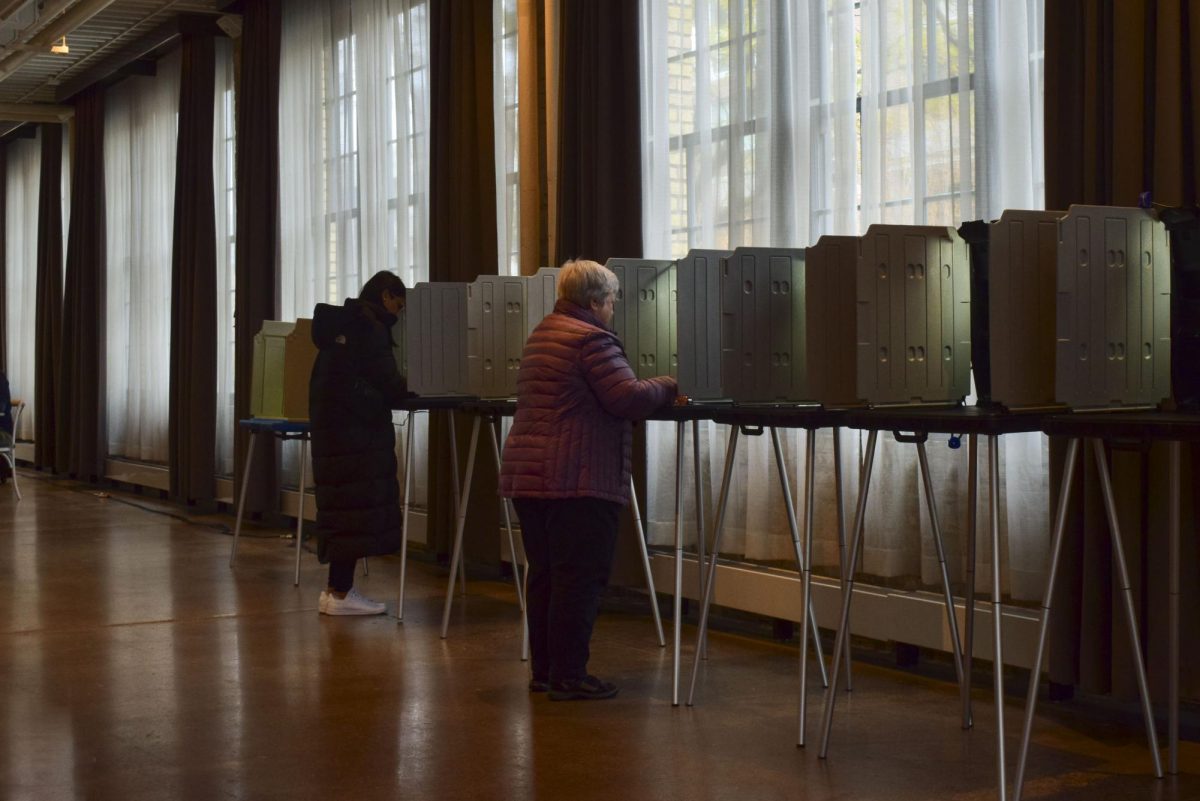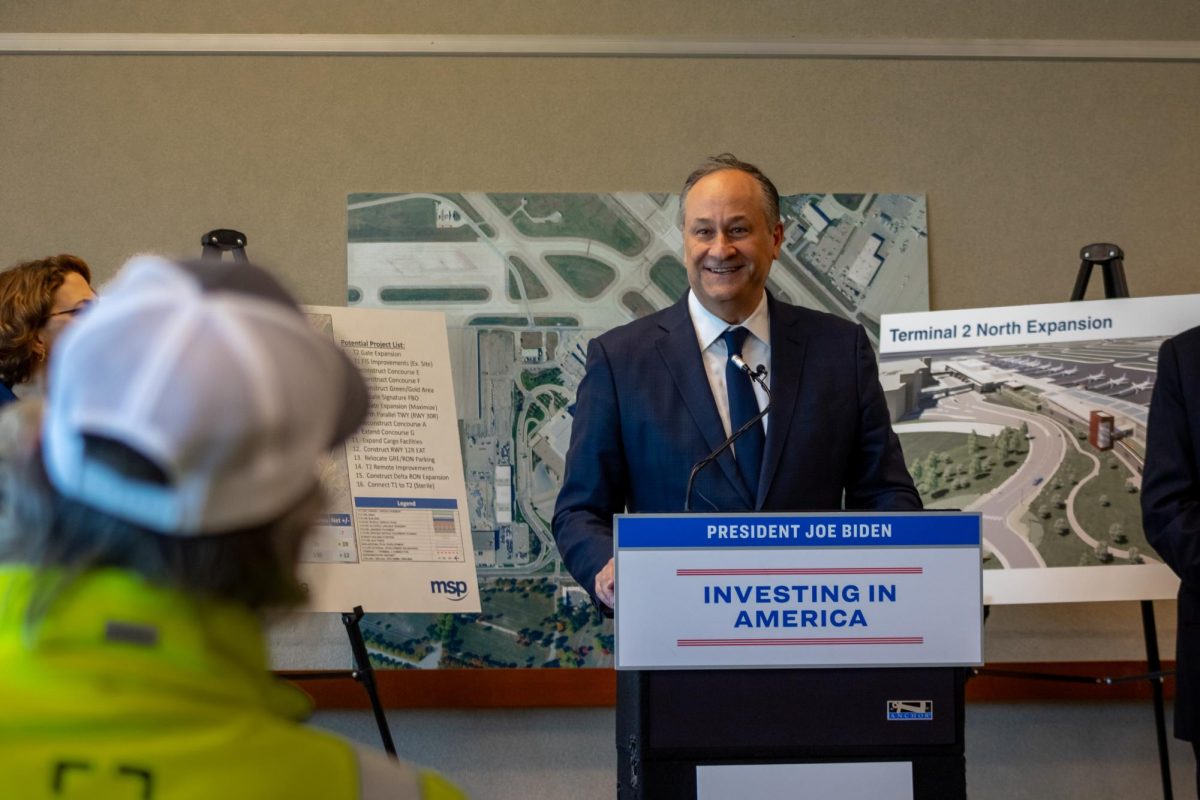After more than 15 months of investigation, the National Transportation Safety Board began presenting its findings on the collapse of the Interstate 35W bridge at a two-day hearing, which started Thursday. At the public hearing held in Washington, D.C., NTSB investigators said a major factor in the collapse of the I-35W bridge was the failure of gusset plates, which were undersized and bowing. In his opening comments Thursday morning, Mark Rosenker, acting NTSB chairman, said every factor that may have played a role in the collapse has been examined. “We’ve done all we can to see that such a tragedy never, ever happens again,” he said. The hearing will conclude Friday, when the NTSB votes on final findings on the investigation of the Aug. 1, 2007 bridge collapse, which killed 13 people and injured 145. The primary mode of support for the I-35W bridge came from steel trusses, which were held together by gusset plates. Gusset plates act as bolts to hold the trusses together. The four gusset plates located on the U-10 node of the bridge failed because they were a half inch thick, instead of the standard one-inch thickness that the NTSB said would have prevented the collapse. Investigator Carl Schultheisz said traffic and construction on the bridge were factors in how much weight was on the bridge that day, but sufficient gusset plates would have been able to sustain the added weight. Robert Acceta, NTSB investigator, said there is no national standard on how much weight a construction company can stockpile on bridges. The NTSB made a formal recommendation that there should be regulation. Investigator Jim Wildey said the bridge was designed so that if one truss failed, the rest of the bridge could potentially collapse. After the failure of the gusset plates, the collapse of the bridge was unavoidable. Wildey also ruled out other possible causes, such as corrosion damage. These findings came a day after bridge victims and their survivors served lawsuits alleging that the URS consulting firm, which was most recently in charge of evaluating the 40-year-old bridge, didnâÄôt properly inspect the bridge and failed to report its serious condition to the Minnesota Department of Transportation. The victims are also suing Progressive Contractors Incorporated, which was repaving the bridge on the day it collapsed, for the alleged negligent placing of hundreds of tons of construction material on the bridge deck that day. A number of the victims and family members were allowed at the hearing in Washington D.C., while others affected by the collapse gathered at the St. Paul Armory downtown to watch a live webcast of the proceedings. Reports leaked in October suggesting gusset plates were the cause of the collapse received criticism from U.S. Rep. Jim Oberstar, who heads the House Transportation Committee . Oberstar was skeptical of NTSBâÄôs suggestion that the gusset plate failure was solely responsible for the collapse. NTSB board member Kitty Higgins questioned how the public would react to the findings of the investigation. âÄúHow do we convince the public that the analysis we have done is not just confirming our first theories, but will, in fact, withstand scrutiny,âÄù she said. âÄúNo stone has gone unturned in this investigation.âÄù Gov. Tim Pawlenty released a statement shortly after ThursdayâÄôs hearing adjourned, reminding Minnesotans that every state highway bridge has been inspected since the collapse. âÄúEnsuring the publicâÄôs safety is MnDOTâÄôs top priority,âÄù PawlentyâÄôs statement said. A Wednesday statement from the Minnesota House of Representatives indicated that transportation inspections found that none of the other 25 truss bridges in the MnDOT system have deficiencies similar to that of the I-35W bridge .
NTSB releases collapse investigation results
Published November 13, 2008
0
More to Discover







